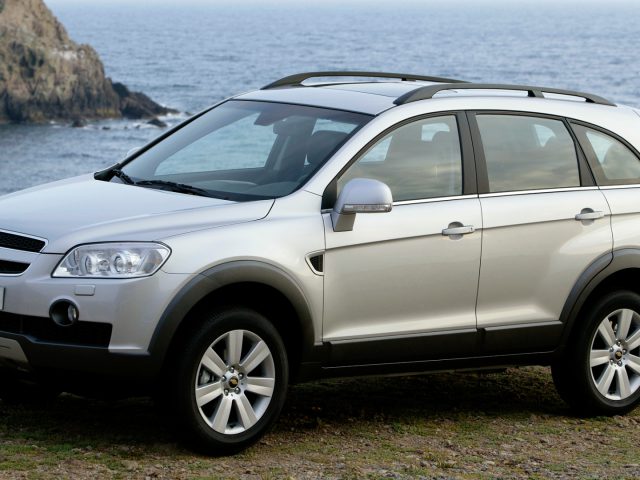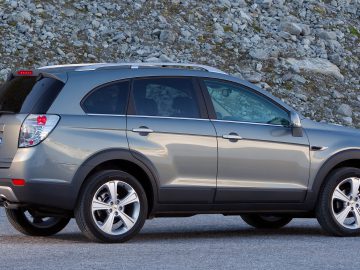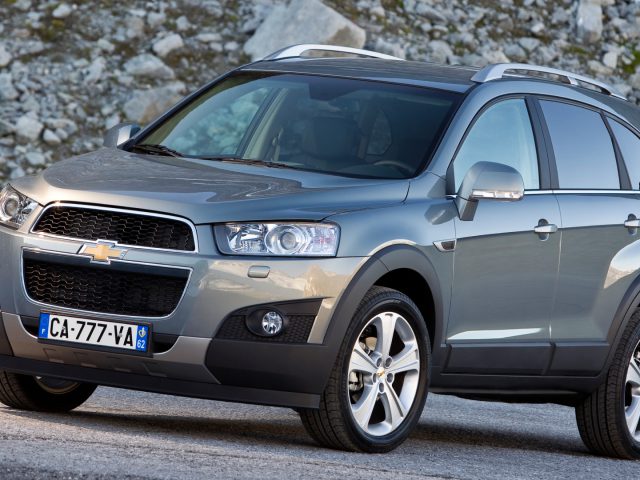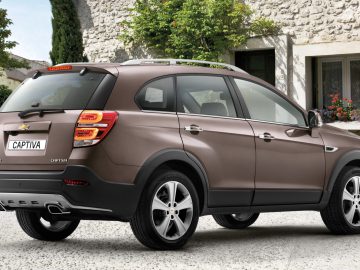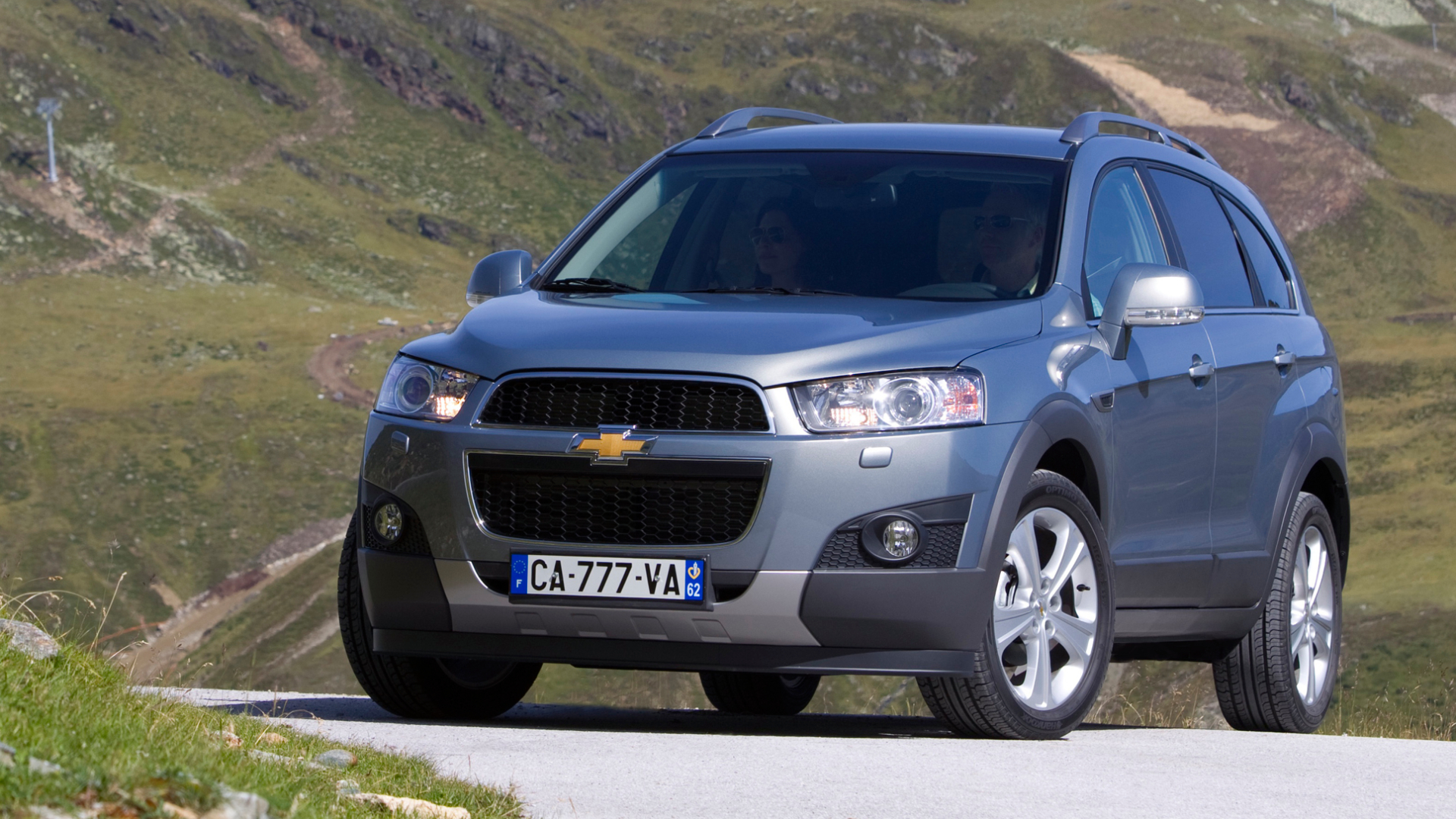Chevrolet Captiva – everything you need to know
The Chevrolet Captiva entered the market in 2006. The car had been developed by GM Korea. In the Netherlands, the Captiva had no direct predecessor; worldwide, it succeeded the Chevrolet version of the Opel Frontera. That car, in turn, was actually an Isuzu. A link to Opel remained, as the Captiva was also available in slightly modified form as an Opel Antara. It was delivered from 2006 through 2015.
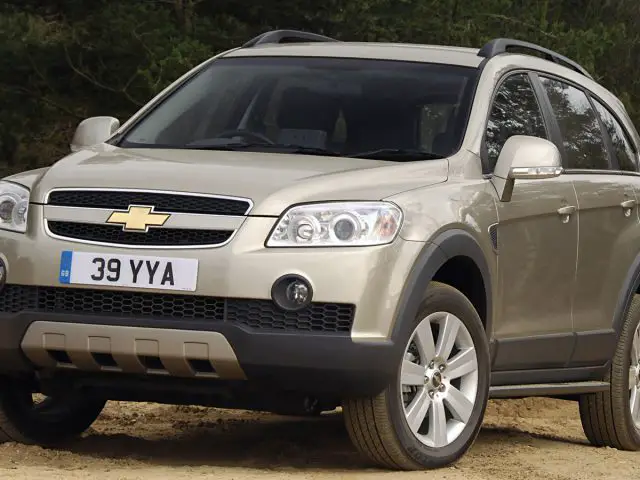
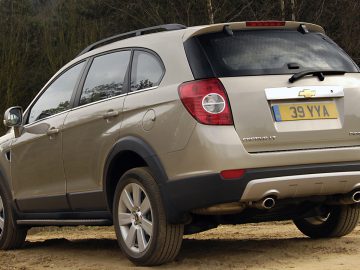
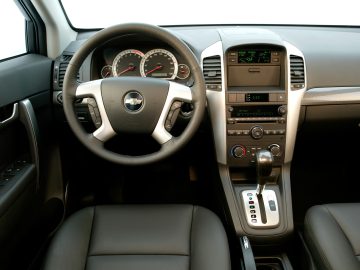
Five to seven seats
The Chevrolet Captiva offered standard seating for five occupants, but was also available in seven-passenger trim. The rear-most seats of these, however, were intended primarily for children, leaving little luggage space. With the third row of seats folded down, the Captiva actually fits more than enough in the back.
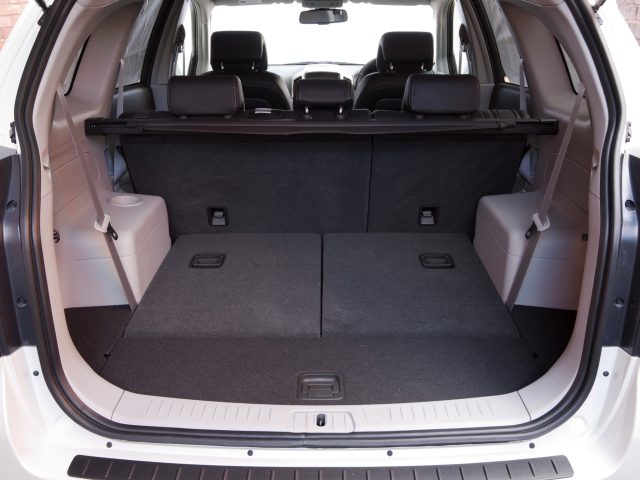
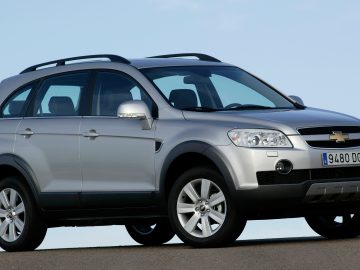
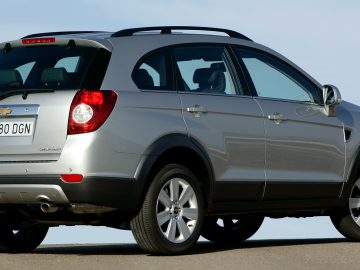
Engines from Australia
Although the Chevrolet Captiva had been developed by GM Korea, the engines came from Australia’s Holden, which was also part of the General Motors group. The engine range consisted basically of four-cylinder engines. There were a 2.4-liter gasoline engine and a 2.0-liter diesel engine. At the top of the chain was even a 3.2-liter V6. Because of its high purchase price, it has always remained rare in the Netherlands. The four-cylinder gasoline engine produced 100 kW (136 hp), the diesel engine 93 kW (127 hp) or 110 kW (150 hp), and the V6 was obviously the most powerful at 169 kW (230 hp).
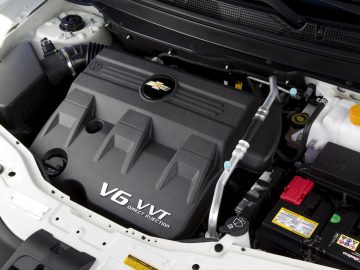

Chevrolet Captiva with all-wheel drive
The Chevrolet Captiva was also available with all-wheel drive. This system did not so much improve off-road performance, but it did provide more grip on slippery road surfaces or any other surface with less grip. All-wheel drive engaged automatically when needed, at other times the car remained front-wheel drive. Along with a high towing weight (up to 2,000 kg), the Captiva was also popular among caravan owners and others who often tow a (large) trailer.

Chevrolet Captiva first facelift
For model year 2011, the Chevrolet Captiva was facelifted. The car received a somewhat tougher front end, which was also in line with the brand’s now revamped design language. The engine range was also revised. That now consisted of a 123 kW (167 hp) 2.4-liter four-cylinder gasoline engine, a 190 kW (258 hp) 3.0-liter V6 and a 135 kW (184 hp) 2.2-liter four-cylinder diesel engine.

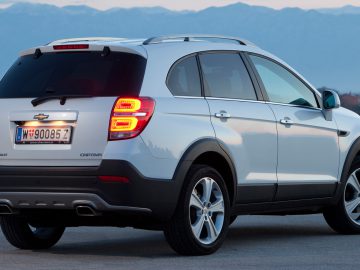
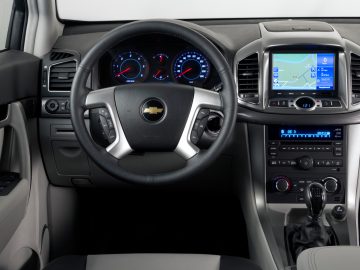
Chevrolet Captiva second facelift
Chevrolet withdrew from the European market in 2014, with the exception of the Camaro and Corvette. All other models, including therefore the Captiva, were no longer available. Outside of Europe, the Captiva underwent another facelift for the 2016 model year. This time the changes were minor. In 2018, production for the remaining countries also came to an end.
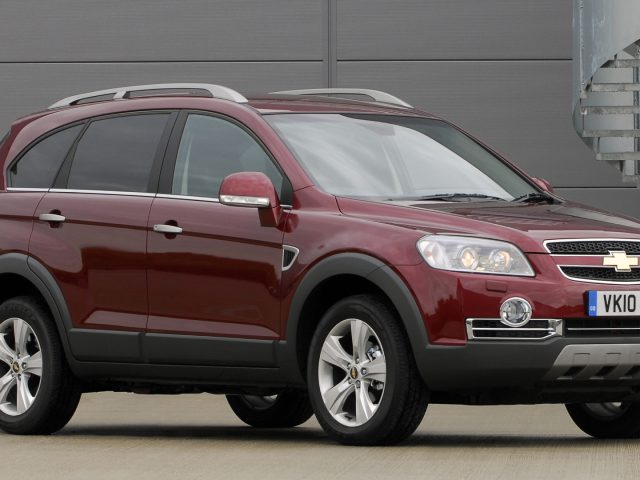
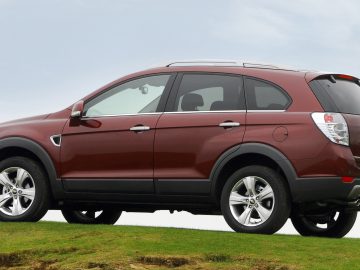
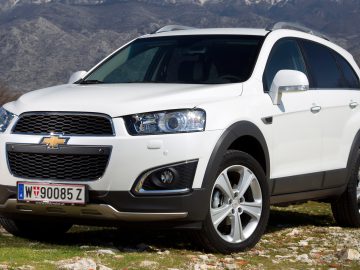
Chevrolet Captiva is a global player
As you could read in the first paragraphs, the Chevrolet Captiva is an international development. Consequently, the model was delivered pretty much worldwide. In addition to the European Opel Antara, there were many other brand variants worldwide. For example, in South Korea, the car was initially available as Daewoo Windstorm. With the demise of that brand, it also became the Chevrolet Captiva there in 2011. In Australia and New Zealand, the Captiva was sold under the Holden brand. The North American version of the car was based on the Opel Antara and was called Saturn Vue. A new Chevrolet Captiva did appear in some countries in 2019, but that was actually a Chinese Baojun 530 with different logos.
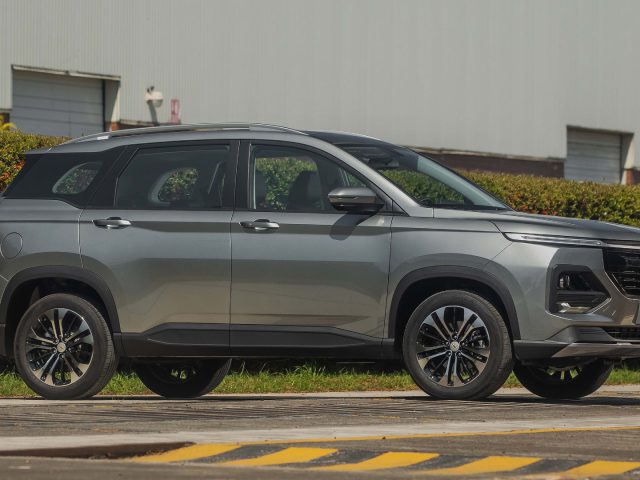

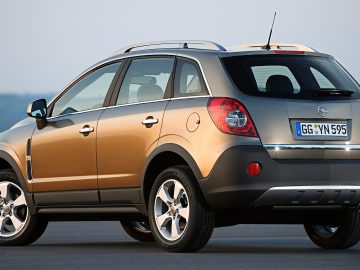
Used Chevrolet Captiva
The Chevrolet Captiva was quite successful in the Netherlands, which is why there is also a fairly extensive used offering. As mentioned, the version with V6 is relatively rare in our country. By the way, do not be too much influenced by the higher theoretical consumption, because because the four-cylinder has to work comparatively harder, the practical consumption does not differ much.
You also have to look for a diesel these days. That one did sell well at the time, but those copies have already been exported in large numbers. Also, the vast majority of used ones are manual, but you can still find plenty of them with automatic as well. The fact that Chevrolet as a brand is(almost) out of business in Europe is actually beneficial to the used car buyer. Because a no longer active brand deters buyers, in fact, you now buy a lot of car for comparatively little money. Avoiding a used Chevrolet is unjustified, as you can still simply visit former Chevrolet dealers or general car dealerships for maintenance.
Speaking of maintenance, the Chevrolet Captiva has proven to be a very reliable car. You can trust the Koreans to do that. The only thing to look out for specifically are the valve rockers on the diesel. Those still like to wear out excessively. Not only is replacing them (very) pricey, if they have been driven too long with worn valve rockers, it may have caused additional engine damage. Otherwise, only the checkpoints that apply to any used car really apply, such as a good maintenance history and checking for wear and tear from heavy use.
